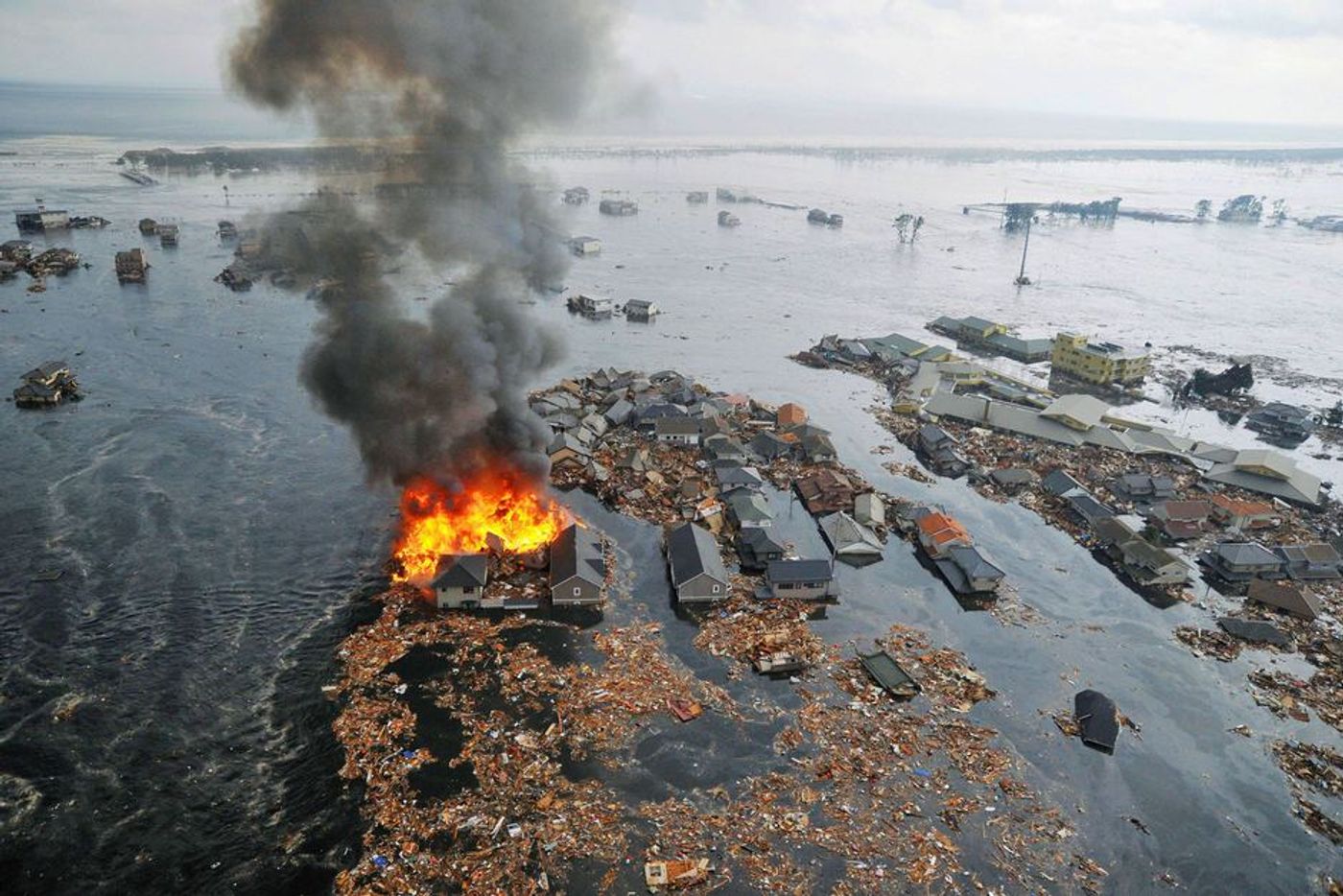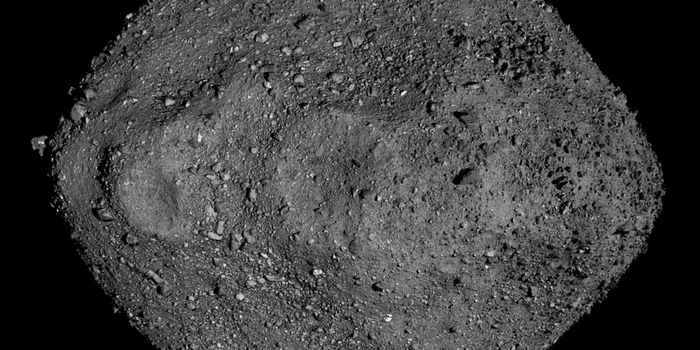New technology helps better detect earthquake aftershocks
New research published in Nature sheds light on a recent development in seismology: scientists are now able to use machines to determine where aftershocks may occur. Aftershocks occur after the main quake hits, though they can often be almost as severe as the original earthquake. Discovering this new technique will help deepen our knowledge of earthquake behavior so that we can implement better safety management practices.
"If you think about making forecasts of earthquakes," says study co-author Brendan Meade of Harvard University, "you want to do three things; you want to predict when they're going to be, you want to say something about how large they're going to be and about where they're going to be. What we wanted to do is to tackle the last leg of this problem - that is where aftershocks are going to be."
In order to do so, a team of scientists collaborated to train a neural network to recognize aftershock patterns. The machine combines data from over 100,000 earthquakes and aftershocks to predict specific patterns that result in real-world aftershocks. Perhaps one of the most fascinating aspects of the machine learning technique is how it mimics the human brain’s neural networks.
BBC News explains concisely: “So rather than putting data about the main earthquake through a set of calculations, which is how aftershocks are currently forecast, the network had the processing power to explore many possible pathways.” Such an adaptive network will hopefully be able to predict which regions close to a fault will experience aftershocks following a quake.
One goal stemming from the research is to be able to integrate the machine learning technique with quake systems that are already in place, like the US west coast's ShakeAlert early warning system. This though is still some time away.
Though the aspirations for this research are high, the authors of the study warn that, realistically, much more investigation is first needed. "We're quite far away from having this be useful in any operational sense at all," says lead author Dr. DeVries. "We view this as a very motivating first step."









